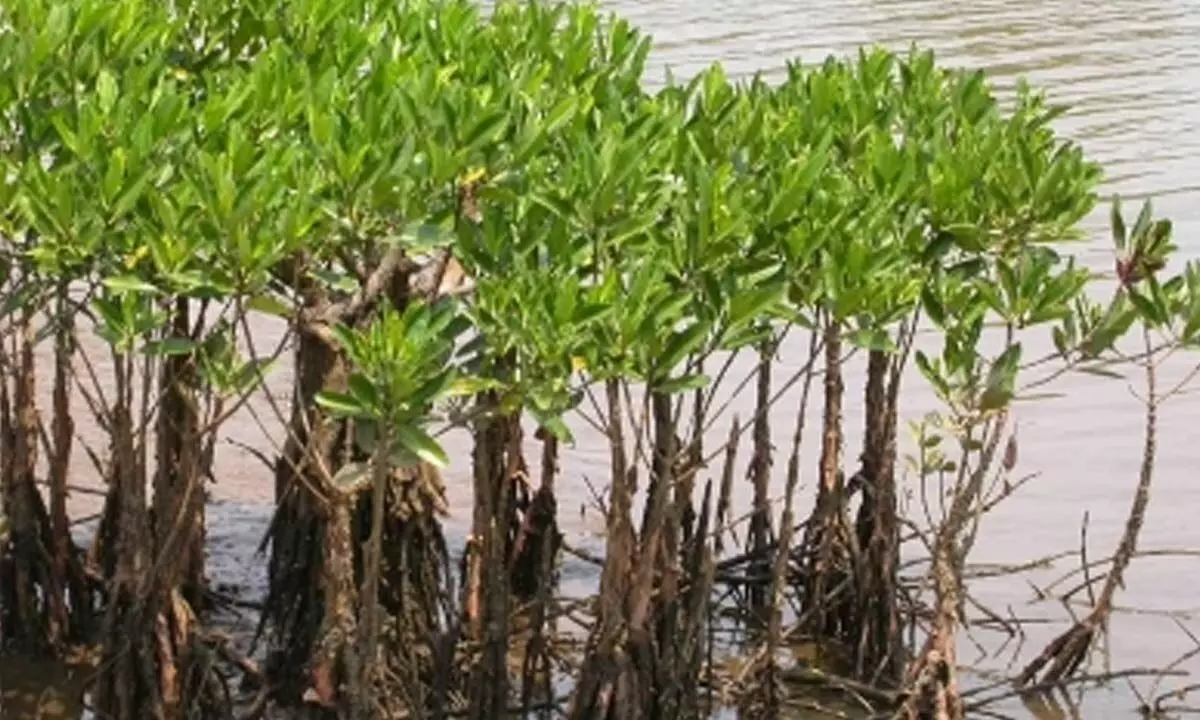Live
- University of Leeds Announces International Masters Regional Scholarships for 2025
- Michael Vaughan Questions Rohit Sharma's IPL Form and Captaincy
- Xi Jinping Advocates for 'Dragon-Elephant Tango' in India-China Ties
- Embassy REIT Hosts 3rd Edition of Flagship Occupier Connect Forum at Hilton Manyata
- Palak Tiwari talks about adopting a pet on sets of ‘The Bhootnii’
- Radhika Apte introduces baby daughter to Mumbai during mango season
- Waqf Amendment Bill 2024 Set for Lok Sabha Debate Tomorrow
- PM Modi's Sri Lanka visit: A look at how India and island nation share bonds in various sectors
- US tariffs: Global brokerage firm Citi sees minimal impact on Indian pharma firms
- Naga Vamsi’s fiery press meet: Calls out critics amid ‘Mad Square’ success








